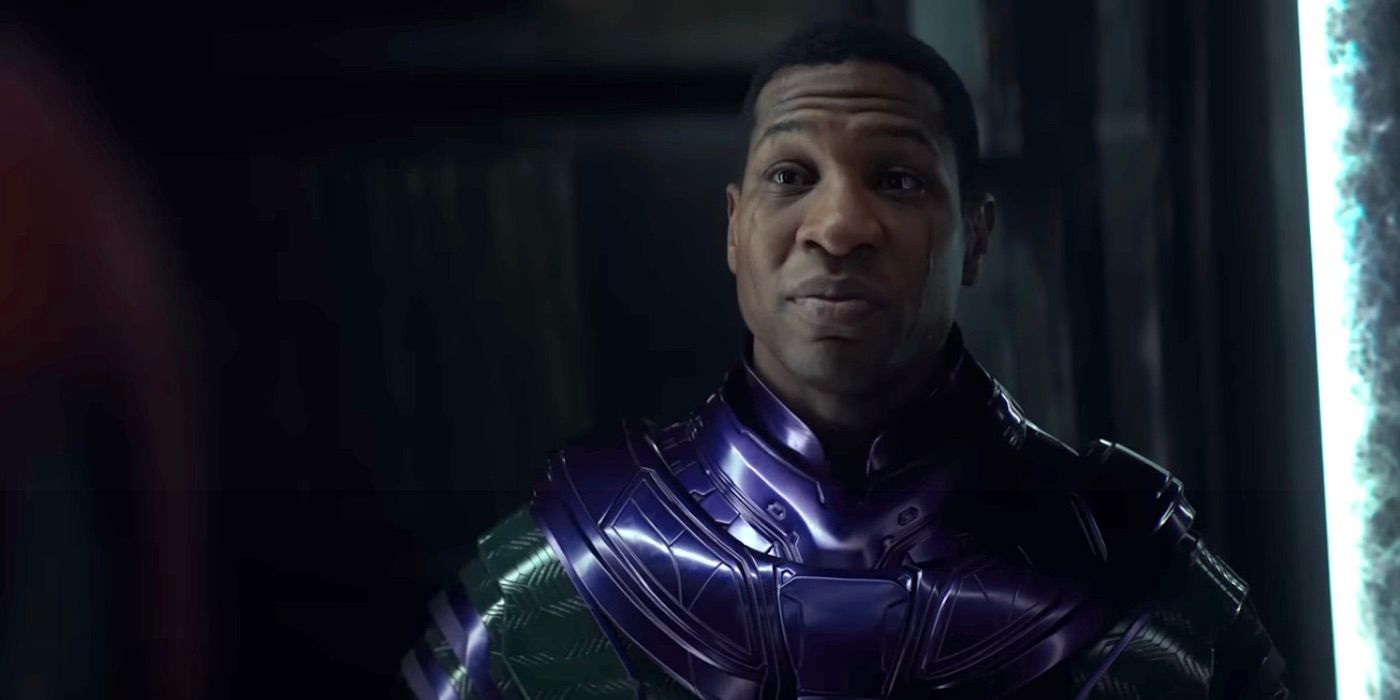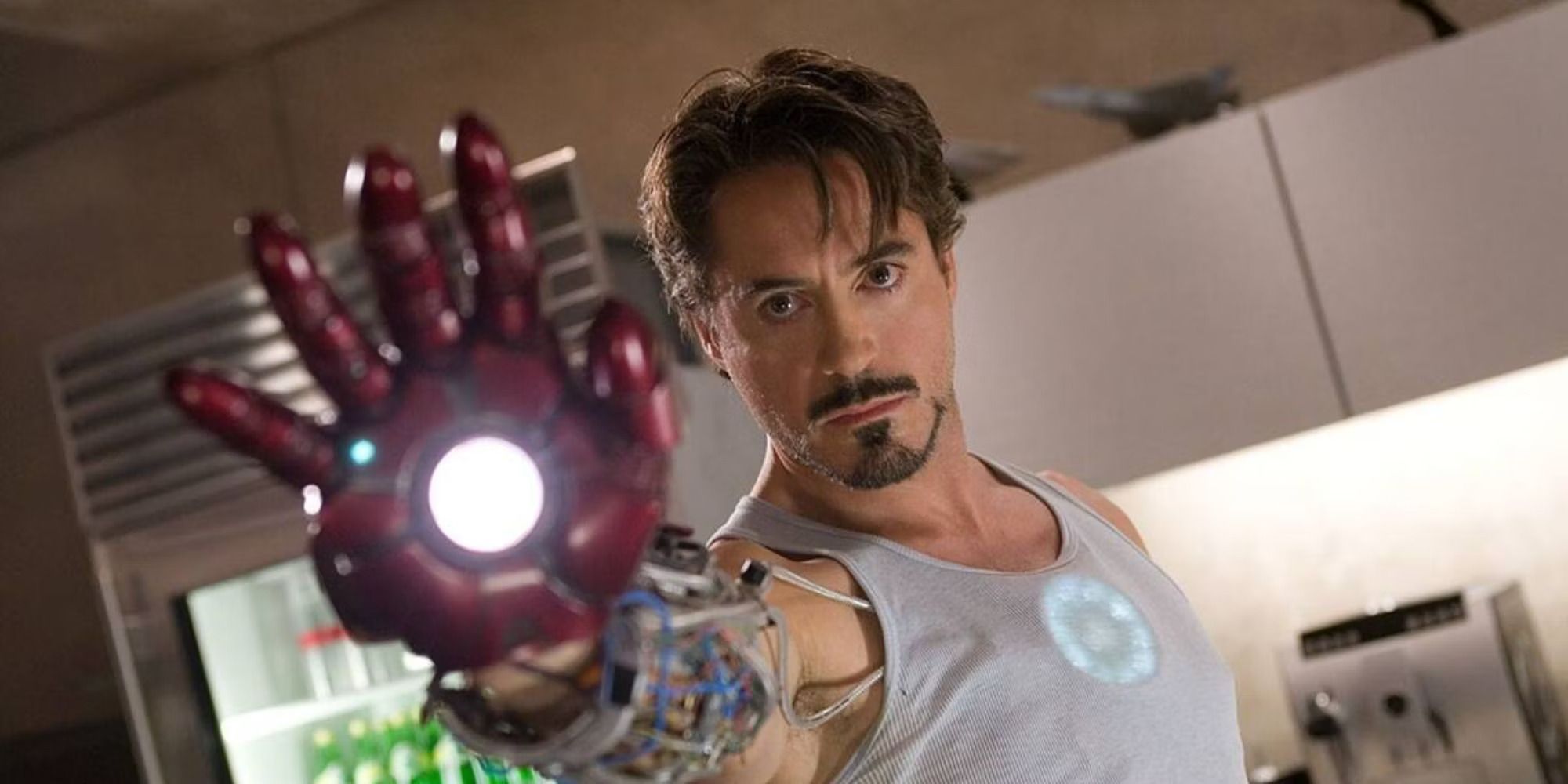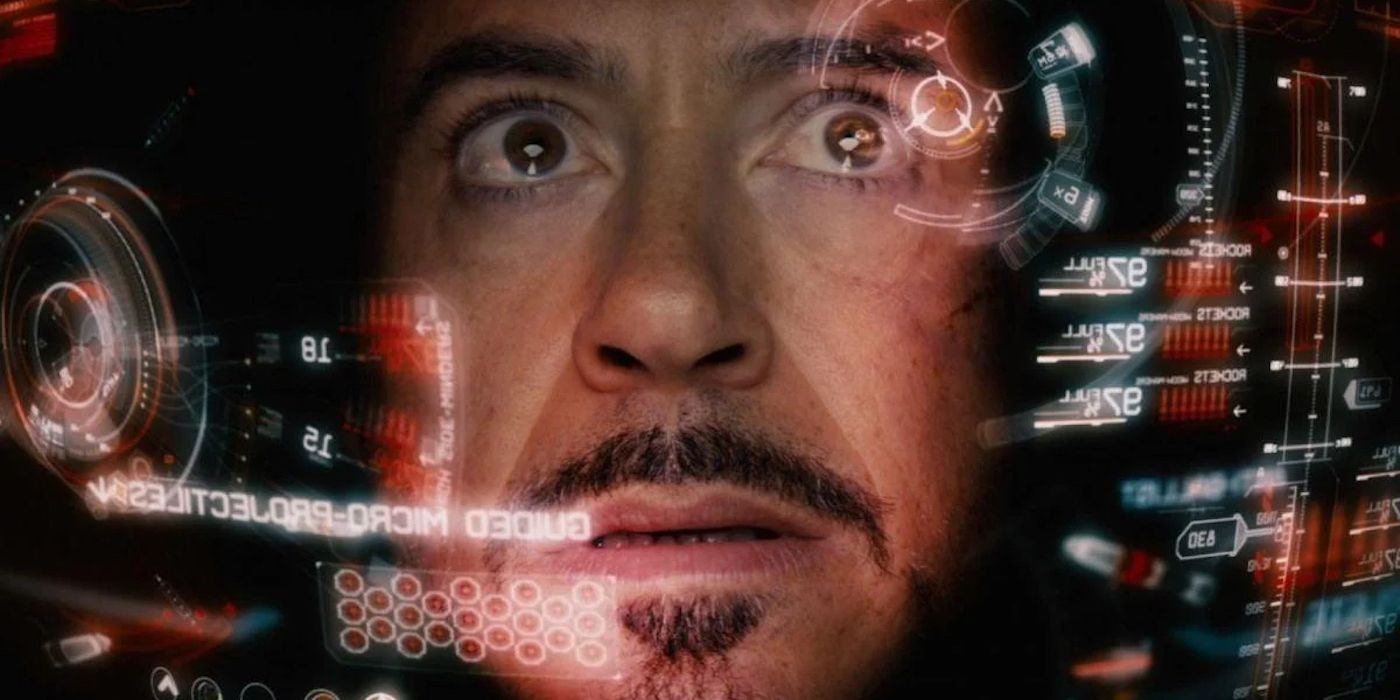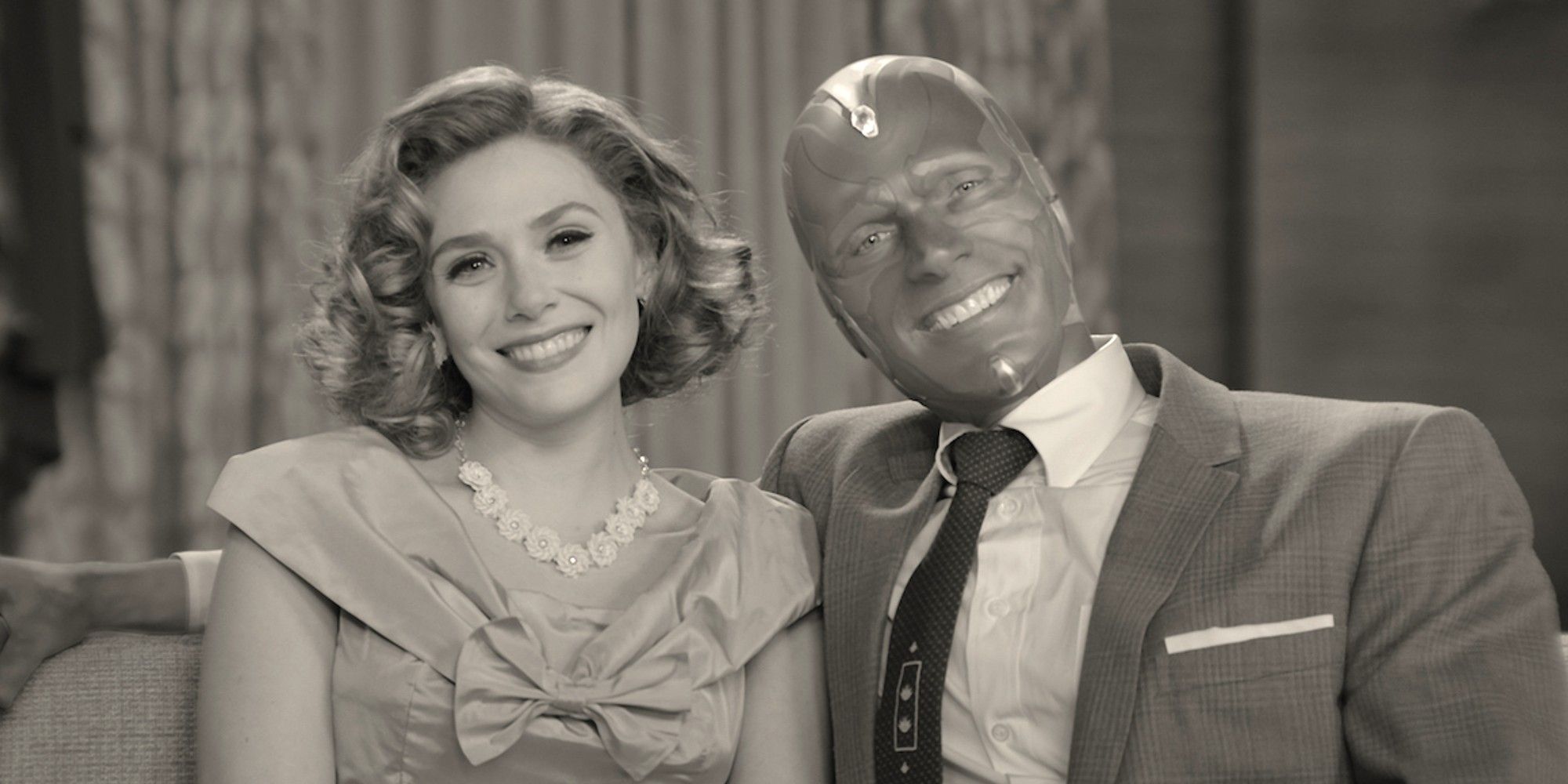The MCU’s phase openers all lay the plans for what lies ahead. But how effective are they?
With Ant-Man and The Wasp: Quantumania kicking off Phase 5 of the Marvel Cinematic Universe, the stakes are as high as they ever have been in the Ant-Man trilogy. The reason for that is where this film, which will once again star Paul Rudd and Evangeline Lilly as its titular superheroes, falls on the MCU’s timeline: as the phase opener.
To date, there have been three movies and one television show that have held this all-important position. There was the one that started it all in 2008’s Iron Man followed up with Phase 2’s foundation and the third movie to star Robert Downey Jr. in his iconic role, Iron Man 3. The next phases began with Captain America: Civil War in 2016 before Marvel opted to pass the baton of phase opener to its first-ever television show in the MCU, WandaVision, which started off the recently completed Phase 4.
All four of these movies served a unique purpose in pushing the MCU forward and laying the groundwork for what lies ahead in the phase. Now it’s time for Ant-Man and The Wasp: Quantumania to take over and begin Phase 5, one that will stretch all the way into Thunderbolts in July 2024 and span across six movies and six shows. There simply won’t be anything small about the task at hand for Ant-Man.
Beginning a Universe Is No Easy Task
Iron Man was the one that started it all for the MCU. So it’s no wonder this movie has so much importance to not just Phase 1 but to the entire timeline. Without this, there wouldn’t be an MCU. Within the context of the film, though, lies the first introduction to the namesake character and the man who would eventually bring The Avengers together. Prior to this film, there were plenty of attempts at making a superhero movie larger than life and expanding it into something bigger than just a standalone project, but none ever panned out as Iron Man did. So what made this project so successful and allowed Marvel to proceed forward with its plan?
The film laid the groundwork for what fans can expect from a Marvel-centric universe by mixing in the seriousness of the stakes and the humor that separates it from other comic book adaptations. There was also a trope within this movie that was subtly dropped in that Iron Man revealed himself to the public, something that wasn’t familiar in a world where alter egos were of the utmost importance. This eventually carried over throughout the universe with the public within this world knowing who Steve Rogers (Chris Evans), Thor (Chris Hemsworth), and Bruce Banner (Mark Ruffalo) were. There’s nothing that highlights this importance more than in the Ms. Marvel series where she attends Marvel Con. These are heroes that are celebrated and don’t have to live incognito like a Batman or a Superman does.
‘Iron Man’ Set the Pace for Its Successors
The beginning of Phase 2 was the third and final movie in the Tony Stark trilogy, Iron Man 3. Where the first one laid the foundation for what’s to come, what this movie set out to do was show the audience that these heroes are people, too. It’s easy to see a superhuman or a man with an endless supply of gadgets as being impervious to inner struggles but Iron Man 3 made it a point to reveal that that isn’t the case.
The movie spotlights Tony Stark’s struggles after the life-changing events that occurred in The Avengers and how the innocent loss of life that transpired in their quest to protect the world weighs heavily on his conscious. The majority of the film is spent on the man himself and not the man in the suit, opening a new side of life as a superhero. Eventually, Iron Man returns to his metal outfit but not before many inner battles. This is a theme that sticks through much of Phase 2 as Thor leaves his mantle on Asgard to pursue love with Jane Foster as he feels there is more to life than being a god.
Steve Rogers has a similar path when he attempts to work for the government as he had previously done only to realize that these institutions are corrupt and no more a reflection of the values he once had. It’s also not a coincidence that this phase introduced The Guardians of the Galaxy and Ant-Man into the universe. The former was a group involved in criminal activity before shifting their focus to doing what’s right while the latter saw himself released from prison for theft before seeking to reform his image by doing good. The paths that these heroes take and the inner awakening they all have adds another layer to the term superhero, creating a universe that features heroes who just aren’t saving the world just because they can, but rather because they want to.
Iron Man 3 opened the conversation about what it means to be a hero and the ramifications of that title. While all of the aforementioned heroes who questioned their place in the world opted to return to their mantles or take on the mantle, what their journey accomplished was establishing their motives and morality for future projects. Phase 2 took these mainstream characters, showed the fans a new look at them, and then set them in motion for their endgame, which would eventually unfold in the next phase.
‘Captain America: Civil War’ Introduced an MCU Turning Point
Captain America: Civil War is arguably the most important movie in the franchise to date. It’s no wonder the creative minds at the studio opted to kick off its biggest phase with this action-packed masterpiece. On the surface, this is the film where viewers are shown that not every superhero has the same motives. The Avengers fracture and sides are drawn as a result of the Sokovia Accords, which aims to place government control over superhumans. The whole movie depicts the intense conflict between the heroes, culminating in an exhilarating battle between Team Captain America and Team Iron Man. That alone is enough to make the movie worth it, but it’s everything else this movie does that lays the groundwork for the MCU.
It’s unimaginable to even think it’d be possible to casually introduce a character like Spider-Man and Black Panther into the world, but that’s exactly what Civil War did. Unknown to the MCU before this release, two of the biggest faces in the franchise were thrown into this movie and yet, it didn’t upstage anything that was happening. It was at this point when Marvel realized how seamlessly it could integrate these team-ups and cameos, a foreshadowing to the biggest mashup ever with the Infinity Saga looming. This was the start of something very special for Phase 3.
By the end of the movie, what the MCU has established with The Avengers group was undone as each character headed in different directions. This ultimately is what set the future projects in motion as it took what had appeared to be a somewhat complete story arc with the end of Avengers: Age of Ultron and instead, sent the MCU into total disarray until it all came together for the blockbuster Infinity Saga in what has proven to be the most rewarding payoff to date by any phase opener.
‘WandaVision’ Was a Small Screen Debut With Big Screen Impact
With the prior phase packing the MCU’s biggest punch, WandaVision had the incredibly daunting task of beginning the next phase and having to do so as the first television show on the timeline. The first two episodes may have left people wondering if this was really the right way to follow up the intensity of the phase before it, but any questions that may have arisen were quickly answered as WandaVision set forth a high precedent for Phase 4. In its impact on the story, what ultimately came from these nine episodes was the world opening up a new corner of the universe featuring witchcraft and dark magic. It also set the tone, a rather gloomy one at that considering the trauma Wanda Maximoff (Elizabeth Olsen) endured, that carried over through the phase, reaching its pinnacle with Wakanda Forever.
The largest takeaway from this phase opener, however, was its impact on how the MCU operates. As the first show to premiere, there were questions as to how this would translate when it came to story arcs on the small screen and the big screen. WandaVision served as the precursor to Doctor Strange in The Multiverse of Madness and anyone who didn’t watch the series was in for a confusing surprise. Marvel flexed its muscles a bit with this endeavor, showing that it’d be willing to interconnect everything that goes on in this world, be it a television show or an animated project. It changed the way fans consumed the content and made for a sort of 24/7 news cycle when it came to the MCU fanbase.
With 17 projects, including two special presentations, the doors were busted by Marvel in creating this cohesiveness. Now fans can expect to see the character and the events of Ms. Marvel rolled into The Marvels film and developments that transpired in The Falcon and the Winter Soldier will bear some serious weight in future movies just as Loki will do with the Ant-Man and The Wasp: Quantumania.
What Impact Can ‘Ant-Man & the Wasp: Quantumania’ Have on the MCU?
While most phase openers outside of Civil War were more so unexpected in the plan they set forth, what the newest Marvel movie does is introduce the new big bad who will be causing chaos for this entire phase. Just as Thanos (Josh Brolin) was the overarching threat through the Infinity Saga, Kang the Conqueror (Jonathan Majors) will serve that role for this phase and beyond. While Thanos left some serious damage behind and some heartbreaking losses, Kang is capable of absolute carnage and world destruction.
It’s already known that Kang will be the main antagonist throughout the Multiverse Saga as Avengers: The Kang Dynasty and Avengers: Secret Wars will serve as his grand stage where the heroes we know will be in serious jeopardy. But it just won’t be the next Avengers installment that will see Majors’ reign as this movie highlighted just how serious of a threat his variants are with the Council of Kangs assembling in the first post-credits scene and another of his variants, Victor Timely, appearing in the second end-credit scene in front of an audience that includes Loki (Tom Hiddleston) and Mobius M. Mobius (Owen Wilson) in what appears to setting up the premise for Loki Season 2.

What makes Kang so menacing is that he isn’t just one person and the concept of him being present in any timeline or universe is harrowing. There’s a surplus of variants, one of which was already presented to the audience as He Who Remains in Loki, and not all of them are as menacing nor do all of them work together. He’s impossible to track down, and his motivations are never easy to decipher as should be the case for someone like Victor Timely who will appear to be of service to civilization with his inventions. Thanos was a villain whose agenda was known and to stop him was to take him head-on. Kang is a character that can show up anywhere, both past, present, and even future, and wreck everything that lies on the space-time continuum. The foundation for what will be the most difficult force to stop was made clear with the release of Ant-Man and The Wasp: Quantumania.
In order to combat this imposing threat, this movie’s portal-opening, timeline-altering ramifications brings together heroes from all across the spectrum. To defeat Kang and his variants, it’s going to take a multiversal team and what happens in the Phase 5 opener will put into motion the need and urgency for this effort. Ant-Man & the Wasp: Quantumania gets that ball rolling, introducing another hero – Cassie Lang. Cassie’s arrival is yet another setup for the Young Avengers team-up that could come down the road and become key players in the Multiversal War. This movie also takes fans to another sector of the universe: the Quantum Realm. A secret world hidden in the depths, there’s plenty of danger lying in this region, including a variant of Kang.
There are so many ways the MCU can go within these next two phases. It’s fair to say that Phase 4’s biggest gripe was the lack of a known objective. That lack of clarity was made clear from the jump in Phase 5. The origin stories told in the prior phase along with the collection of new characters added to the MCU roster in that span were all done with a purpose: to create a team large enough to go toe-to-toe with the impending troubles that lie ahead in Phase 5 and beyond.
Ant-Man and The Wasp: Quantumania is now in theaters.











